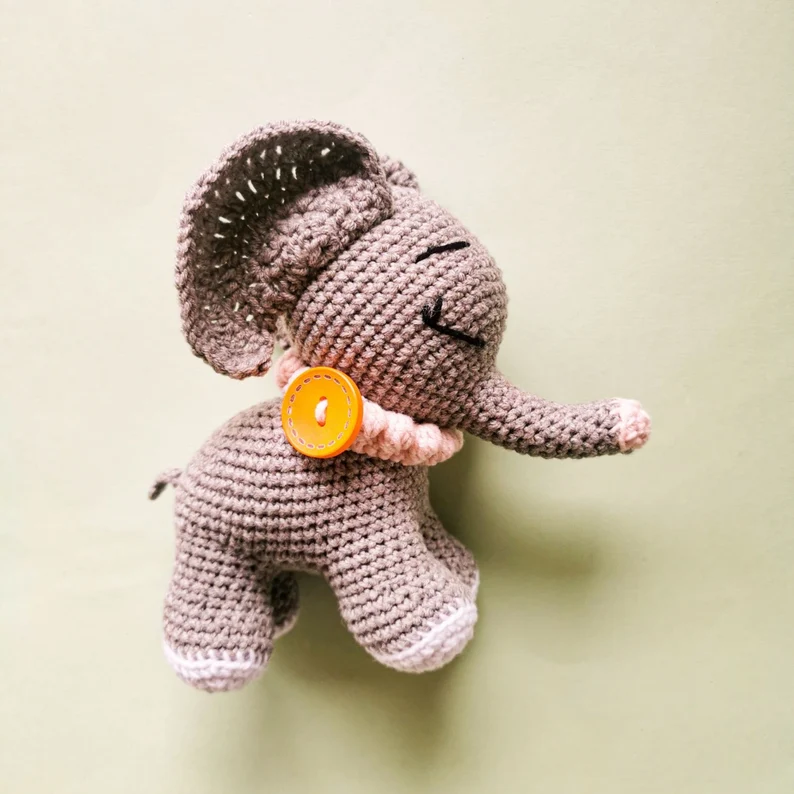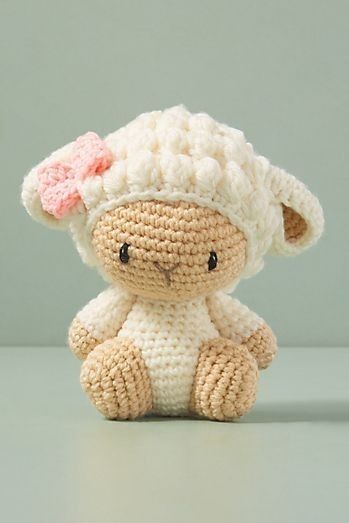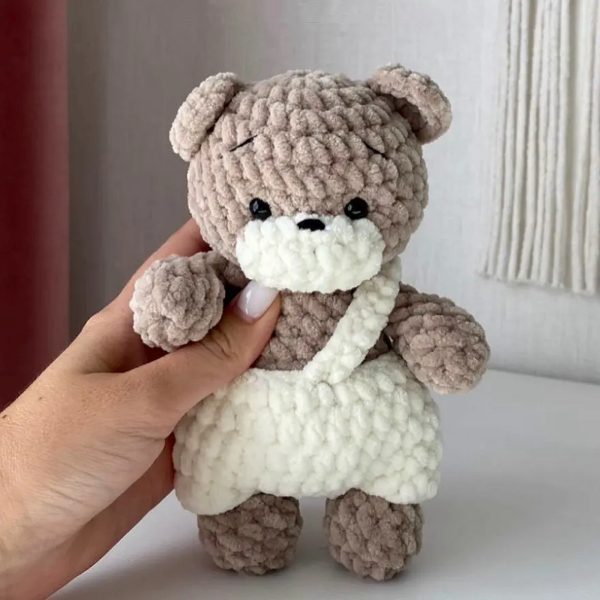Amigurumi toys are popular choices for babies and young children due to their handmade nature and customization options. However, ensuring the safety of these toys is crucial both during the creation process and afterward. Making amigurumi toys safe involves selecting the right materials and ensuring the toys are constructed to be durable and secure. In this guide, we will explore the most effective methods for making amigurumi toys safe.

1. Selecting Safe Materials
The safety of amigurumi toys begins with choosing the right materials. Here’s what you should consider:
- Hypoallergenic Yarns: For amigurumi toys intended for babies and young children, hypoallergenic cotton yarns are ideal. These yarns minimize the risk of skin irritation or allergic reactions while maintaining a soft texture.
- Non-Toxic Dyes: Ensure that the dyes used to color the yarn are free from harmful chemicals. Natural or organic dyes are a safer choice for coloring your toys.
- Safe Stuffing Materials: The stuffing used inside the toys is also crucial. Silicone fiberfill or natural stuffing materials are safer and more suitable for babies. Avoid using small, swallowable materials like beads or rice.
2. Using Secure Sewing Techniques
The durability and safety of amigurumi toys are significantly influenced by the sewing techniques used. Properly sewing the parts of the toy helps prevent them from loosening or breaking over time.
- Tight Stitches: Ensure that stitches, especially at joints and on the surface, are tight. This maintains the toy’s shape and prevents stuffing from escaping.
- Double Stitching: For extra security, use double stitching techniques at critical points (such as limbs and head). This technique adds strength and durability to the toy.

3. Safe Use of Eyes and Accessories
The safety of eyes, noses, and other accessories used in amigurumi toys is essential. Small parts can pose choking hazards for babies and young children.
- Safety Eyes: Plastic safety eyes are commonly used in amigurumi toys and are a safe option when securely attached. However, for toys intended for children under 3 years old, consider using embroidery or fabric to create features instead of plastic eyes.
- Avoid Small Parts: Ensure that all small parts are securely attached or omitted. Beads, buttons, and other small items can be choking hazards.
- Organic Accessories: When using accessories (such as hats or clothing), ensure they are made from organic or natural materials to enhance safety.
4. Washability and Cleaning
The ability to clean amigurumi toys is important for hygiene. Therefore, make sure the toys are made from washable materials and can be easily cleaned.
- Machine-Washable Yarns: Toys should be made from yarns that can withstand frequent washing. Cotton and acrylic yarns are typically machine-washable and retain their shape well.
- Quick-Drying Stuffing: Ensure that the stuffing used in the toys dries quickly to avoid deformation. This helps maintain the toy’s form and cleanliness.
5. Regular Inspection and Maintenance
To ensure that amigurumi toys remain safe over time, they should be regularly inspected and maintained as needed.
- Check Stitches: Regularly inspect the stitches on the toys and repair any loose stitches promptly.
- Check Stuffing: Stuffing may compress or lose shape over time. Refill or adjust the stuffing as needed to maintain the toy’s form.
- Inspect Eyes and Accessories: Regularly check the security of eyes and other accessories. Loose parts can pose a danger to children.
Conclusion: The Importance of Ensuring Safety in Amigurumi Toys
When amigurumi toys are made with the right materials and careful craftsmanship, they can be both safe and aesthetically pleasing. By following the tips outlined in this guide, you can create safe toys for babies and children and provide a fun and secure play experience without compromising their health.
